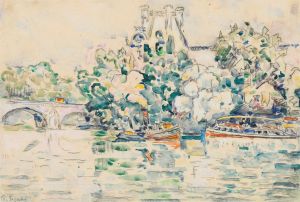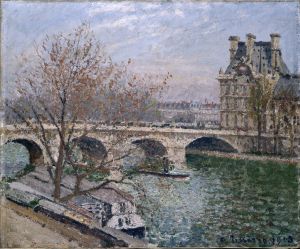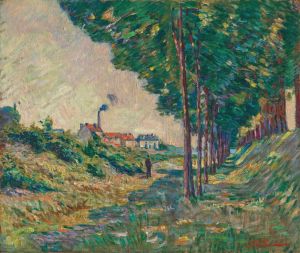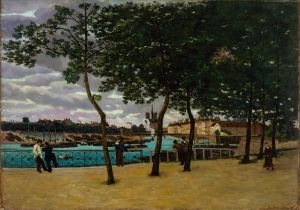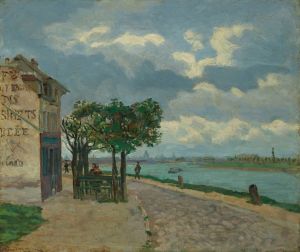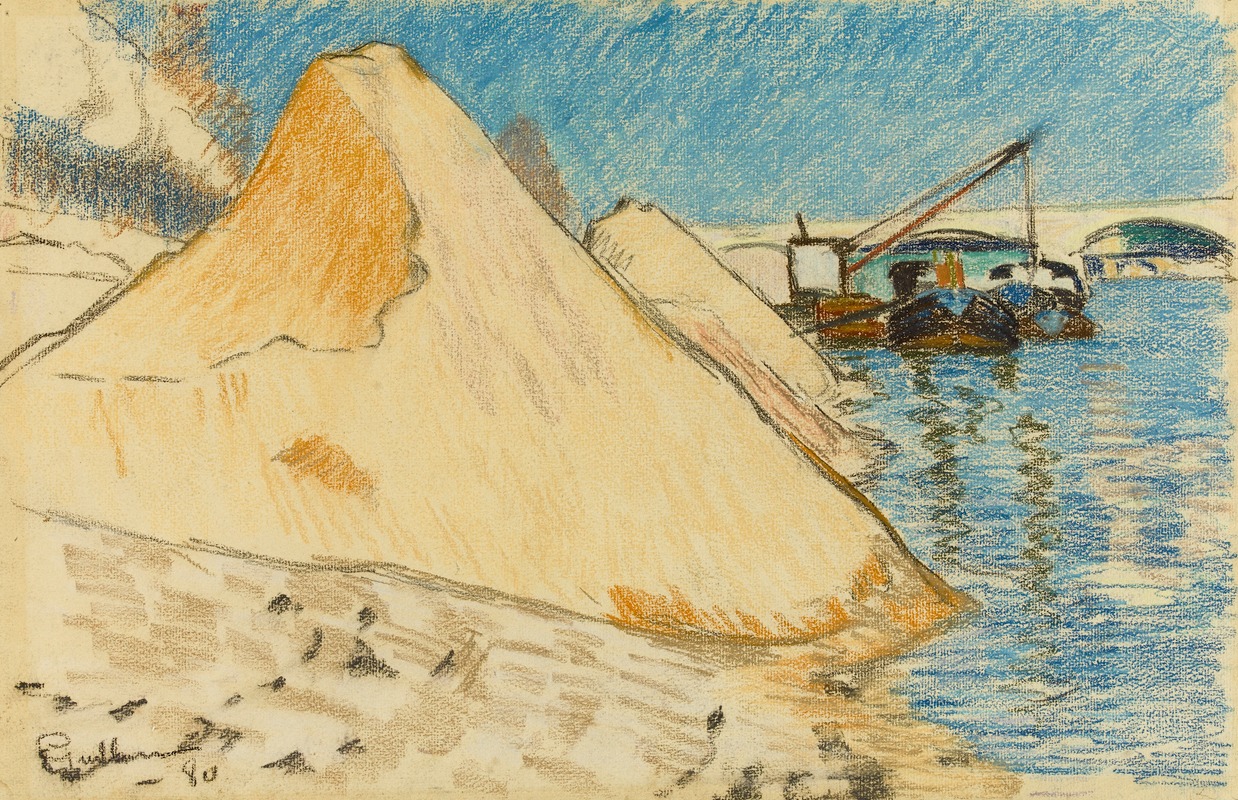
Tas de sable au bord de la Seine
A hand-painted replica of Armand Guillaumin’s masterpiece Tas de sable au bord de la Seine, meticulously crafted by professional artists to capture the true essence of the original. Each piece is created with museum-quality canvas and rare mineral pigments, carefully painted by experienced artists with delicate brushstrokes and rich, layered colors to perfectly recreate the texture of the original artwork. Unlike machine-printed reproductions, this hand-painted version brings the painting to life, infused with the artist’s emotions and skill in every stroke. Whether for personal collection or home decoration, it instantly elevates the artistic atmosphere of any space.
"Tas de sable au bord de la Seine" (translated as "Pile of Sand on the Banks of the Seine") is a painting by the French artist Armand Guillaumin. Guillaumin, born on February 16, 1841, and died on June 26, 1927, was a notable figure in the Impressionist movement. He was known for his vibrant use of color and his depictions of the French landscape, particularly scenes around Paris and the Creuse region.
This particular painting, "Tas de sable au bord de la Seine," showcases Guillaumin's skill in capturing the natural beauty and industrial activity along the Seine River. The Seine has been a significant subject for many artists, including Guillaumin's contemporaries such as Claude Monet and Pierre-Auguste Renoir. The river's banks, bustling with activity, provided a dynamic backdrop that allowed artists to explore the interplay of light, water, and human endeavor.
In "Tas de sable au bord de la Seine," Guillaumin depicts a scene where a pile of sand is situated on the riverbank. This sand could be related to the construction activities that were common along the Seine during the late 19th and early 20th centuries, reflecting the urban development and industrialization of Paris. The painting captures the essence of a moment in time, with the sand pile serving as a focal point amidst the natural and man-made elements of the landscape.
Guillaumin's use of color in this painting is characteristic of his style. He employs bold and vibrant hues to bring the scene to life, emphasizing the contrasts between the natural environment and the industrial materials. The brushwork is loose and expressive, a hallmark of the Impressionist technique, which aims to convey the fleeting effects of light and atmosphere rather than precise details.
Armand Guillaumin was an active participant in the Impressionist exhibitions, and his works were well-regarded by his peers. Despite not achieving the same level of fame as some of his contemporaries, Guillaumin's contributions to the movement were significant. His dedication to plein air painting and his ability to capture the changing landscapes of France have earned him a respected place in art history.
"Tas de sable au bord de la Seine" is a testament to Guillaumin's keen observation and his ability to translate the everyday scenes of his surroundings into compelling works of art. The painting not only reflects the physical landscape but also offers insight into the socio-economic conditions of the time, highlighting the intersection of nature and industry.
Today, Guillaumin's works, including "Tas de sable au bord de la Seine," can be found in various museums and private collections around the world. They continue to be appreciated for their vibrant color palettes and their ability to capture the essence of the French landscape during a period of significant change.





